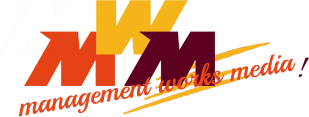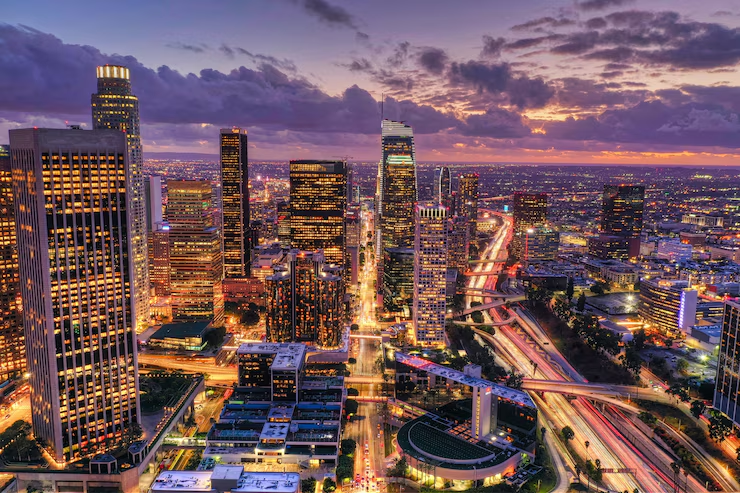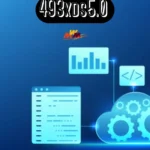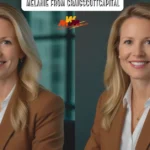The 424 area code stands as an essential telecommunications identifier for much of Los Angeles County. Rolled out to supplement the overburdened 310 region, this three‑digit prefix now links homes, businesses, and first responders in coastal and inland communities alike. Whether you’re dialing a friend in Santa Monica or placing a service call in El Segundo, understanding the 424 area code offers insight into Southern California’s ever‑evolving phone network.
Origins and Rationale for the 424 Area Code
Why the 424 Overlay Was Needed
By the early 2000s, the explosion of mobile phones, fax machines, pagers, and internet connections had drained the numbering capacity of area code 310. To avoid forcing existing subscribers to swap digits on stationery, signage, and marketing materials, authorities elected to overlay a second code: 424. This strategy allowed all current phone numbers in the 310 territory to remain untouched while assigning 424 prefixes to new lines.
Activation Date and Regulatory Approval
On August 26, 2006, the California Public Utilities Commission officially put the 424 area code into service. Carriers across the region updated switching equipment and notified customers of the upcoming transition. Through a brief permissive dialing period, both seven‑digit and ten‑digit calls connected successfully before full ten‑digit dialing became mandatory.
Coverage Map: Where 424 Operates
Neighborhoods and Cities under 424
The 424 area code shares identical boundaries with 310, touching some of L.A.’s most famed locales:
-
Santa Monica: Known for its beachfront boardwalk and bustling downtown.
-
Beverly Hills: The epicenter of high-end retail and entertainment offices.
-
Malibu: Renowned for cliffside mansions and surfing spots.
-
El Segundo: Aerospace and tech hub adjacent to Los Angeles International Airport.
-
Manhattan Beach & Hermosa Beach: Surfer culture meets upscale small business.
-
Culver City: Media studios and creative agencies thrive here.
-
Torrance & Redondo Beach: Family‑friendly neighborhoods with strong schools.
Whether you live in Inglewood, Westchester, or Pacific Palisades, any new phone line may bear the 424 area code.
Dialing Protocols and Requirements
Ten‑Digit Dialing Explained
With the introduction of the 424 area code, all local calls now require dialing the area code followed by the seven‑digit number—regardless of whether the recipient uses 310 or 424. That means a call to your neighbor involves inputting “424‑XXX‑XXXX” (or “310‑XXX‑XXXX” if they have the older code). This uniform procedure ensures seamless routing between overlapping codes.
Impact on Emergency and Business Calls
Even with the shift to ten‑digit dialing, accessing emergency services remains unchanged: dialing “911” still connects you to first responders. Businesses, however, updated their printed materials and automated systems to include full ten‑digit contact information, reinforcing accuracy in customer outreach.
Benefits and Challenges of the 424 Area Code
Advantages of an Overlay System
-
Minimal Disruption: Existing 310 numbers stayed the same.
-
Scalable Capacity: Thousands of new 424 numbers became available.
-
Consumer Choice: New subscribers could opt for either 310 (while available) or 424.
Practical Drawbacks
-
Initial Confusion: Some callers dialed only seven digits out of habit.
-
Updated Contact Lists: Mobile devices, speed‑dial settings, and office directories required editing to include area codes.
Overall, after a short learning curve, ten‑digit dialing became second nature to residents across the 424 area code territory.
Economic and Cultural Significance
Business Growth under 424
Emerging startups and established firms alike benefited from the additional number pool. Tech incubators in Culver City, design studios in Santa Monica, and health‑care providers in Torrance all tapped into fresh 424 prefixes, signaling new ventures and expanded services.
Pop Culture References
Local musicians, podcasters, and influencers often drop “424” in lyrics or social‑media handles as a badge of their Westside roots. The code has woven itself into the cultural tapestry of L.A., appearing on merchandise, in street art, and occasionally in film and television shout‑outs.
The Future of Phone Numbering in Los Angeles
As technology continues evolving—with VoIP services, eSIMs, and 5G networks—the need for new numbering resources persists. Telecommunication regulators monitor usage and forecast exhaustion dates for the 424 area code. When depletion nears, options include adding another overlay (e.g., a 738 or 424/310 extension) or exploring non‑traditional solutions like fully digit‑based identifiers.
Conclusion: The Legacy of the 424 Area Code
Since its rollout in 2006, the 424 area code has successfully met Southern California’s insatiable appetite for telephone connections. By smoothly overlaying the 310 region, it preserved existing numbers while accommodating millions more. Today, “424” signifies not only a geographic zone but also the adaptability and growth of one of America’s most vibrant metropolitan areas.
Frequently Asked Questions about the 424 Area Code
Q1: Does dialing 424‑XXX‑XXXX cost more than 310‑XXX‑XXXX?
No. Both codes function like any standard local phone number; pricing depends on your service plan rather than the prefix.
Q2: Can I choose between 310 and 424 when getting a new number?
Possibly, but 310 numbers are now scarce. Most newly assigned numbers carry the 424 area code.
Q3: If I move within Los Angeles County, will my number change?
Not necessarily. You may keep your existing 310 or 424 number if your carrier supports number portability.
Q4: Why doesn’t the region split into two separate areas instead of overlapping codes?
An overlay avoids forcing millions to change long‑standing phone numbers, saving time and cost for both consumers and businesses.






